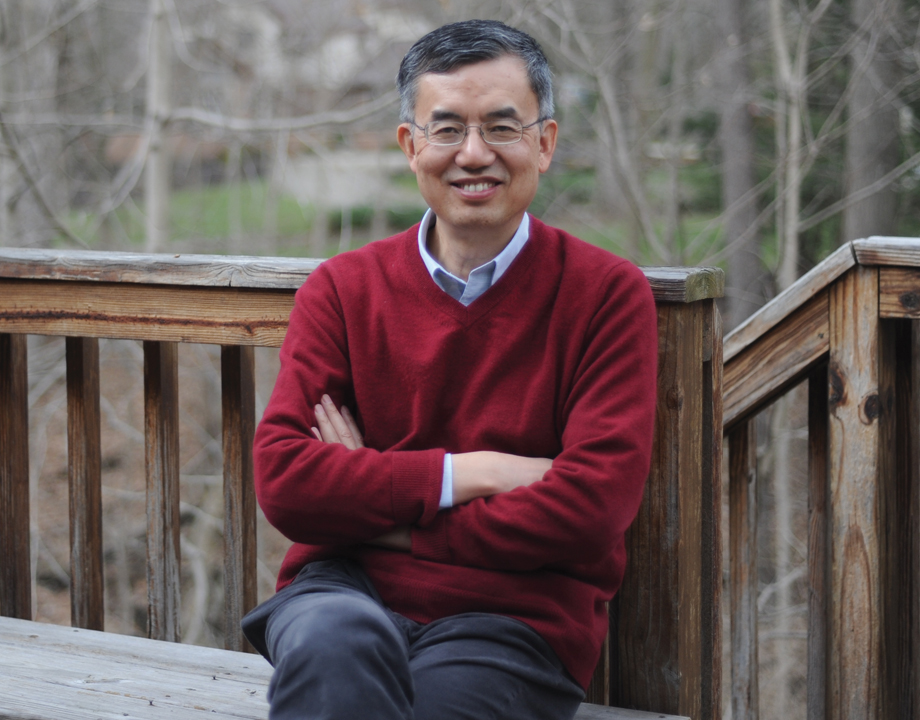Developing Ventilation Systems to Prevent Virus Spread
Developing Ventilation Systems to Prevent Virus Spread


Purdue University’s Professor Qingyan Chen discusses his lab’s work on developing a ventilation system that would prevent the transmission of pathogens like the novel coronavirus.
With no vaccine expected for COVID-19 anytime soon, preventing the spread could be as important as treating it. Qingyan (Yan) Chen, the James G. Dwyer Professor of Mechanical Engineering at Purdue University, has researched the spread of viruses through ventilation systems in passenger vehicles. He believes cruise ship air conditioning systems are not designed to filter out particles as small as the coronavirus. Chen’s lab is currently developing a ventilation system that would prevent the transmission of pathogens like the novel coronavirus.
Q1: A huge number of coronavirus cases were found on the Diamond Princess cruise ship. Can the virus rapidly circulate via cabins and air conditioning systems?
Yan Chen: In my personal opinion, I think it is possible. Many doctors have told us the coronavirus could be transferred by touch and droplets. The World Health Organization also acknowledged that airborne transmission is possible. If we look at the Diamond Princess ship, many people were quarantined for 14 days. So in the beginning you might say that it is through touch and droplets. Later, in the 14-day quarantine period, the contact with droplets will be minimum, with even food or water delivered on the doorstep. Therefore, I suspect that many people might have been infected due to the air conditioning system, because that system is unable to filter out the coronavirus, which probably is airborne.
Q2: Your team developed models in the past for showing how the H1N1 flu and other pathogens travel through aircraft cabins. What did you learn from that study?
Y.C: We did a thorough study. If somebody was coughing, sneezing, and producing a lot of virus in an aircraft cabin, could the air conditioning system stop that? We found that the air conditioning system designed for the airplane was really good. They use HEPA filters and we examined the particles coming out of the HEPA filters to the cabin. We found that actually there were no particles, which means the air supply into the cabin is very clean and the HEPA filters did a great job.
Further Reading: Innovation in the Time of COVID-19
On the other hand, we also learned that if you have a sick passenger releasing airborne particles, then the particles will go to the passengers seated next to a sick person, and also even two or three rows ahead or behind that person. That’s because in the cabin, the air conditioning system design mixes up the air much as possible, which is not desirable. And therefore, we decided to design a system in which a person can breathe his or her own air.
Q3: Can you tell us more about it and where are you with that research?
Y.C: We developed a personalized ventilation system only for airplanes in cabins with fixed seats. In the airplane, we actually put a diffuser in your leg room, that means in the seat in front of you on the floor level. This air is a cooler in temperature and it forms little bit of breeze going into your body. Your body has a temperature of about 98 °F. The air temperature in the cabin is about 75 °F. The body is warmer, which means it will generate a kind of a thermal plume. This warm air will go up and bring the clean air from the lower part gradually to the breathing level. So you breathe clean air, which is just for you. Then of course when you breathe, the air is warmer than the air temperature in the cabin. So the warm contaminated air will gradually move upward.
Recommended for You: Making Robots Ubiquitous Post-Pandemic
Per our design philosophy, we try not to mix up with the cabin air. We have done this not only by modeling, but we also tested it in a real aircraft and it works very well. When we compared with the current system, our system can actually reduce the contamination by 30 to 50 percent.
Q4: Do you have a cross-disciplinary team working on this project?
Y.C: We work with a group of people from different disciplines. We, as mechanical engineers, just design the ventilation systems. We also work with public health scientists, who can help us assess the efficiency or efficacy of our systems. In the past, we have worked with the electrical engineers and also with chemists who look at other issues such as materials.
Listen to the full interview with Qingyan Chen in a podcast episode on ASME TechCast.
Chitra Sethi is managing editor.





